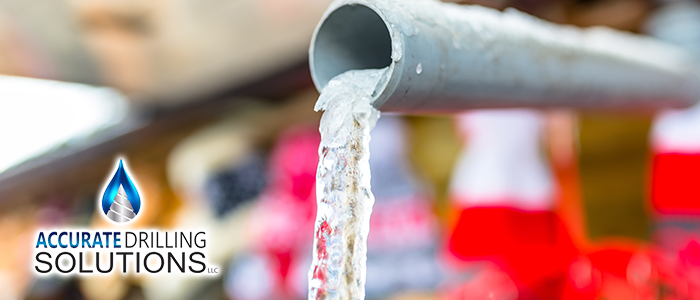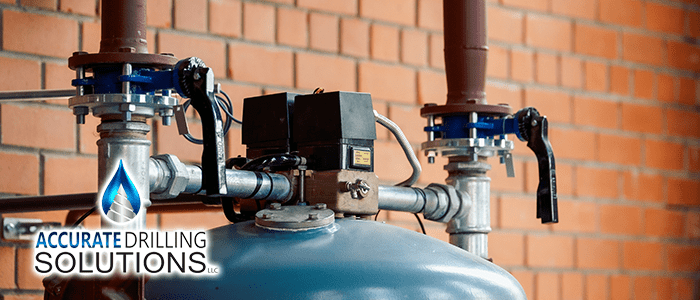
The Ultimate Guide on Preparing Your Property for Well Drilling
Are you planning to build or update a well on your property? Drilling a well requires careful planning and preparation to ensure the accuracy and success of the drilling process. In this guide, we’ll share some important steps you should take when preparing your property for well drilling.
Step 1: Research Local Regulations and Permits
Before starting any well drilling work, it’s important to research local regulations and obtain any necessary permits. Regulations and requirements can vary by state, county, and even city, so it’s important to do your due diligence before starting your project. Some areas may require environmental impact studies or have restrictions on drilling during certain times of the year.
In addition, if you plan to use your well for drinking water or other household purposes, you may need to have the water quality tested or obtain a permit for your well. By researching and obtaining the necessary permits, you can avoid costly fines and legal issues down the line.
Step 2: Clear the Drilling Area and Preparing Your Property
Clearing the drilling area is an important step to ensure the safety of the drilling crew and to avoid any damage to your property. The drilling company will need a clear and leveled area to set up their equipment and access roads. This may include cutting down trees, removing large rocks, and leveling the ground.
It’s important to communicate with the drilling company about any delicate plants or structures that may need to be protected during the drilling process. By preparing the drilling area ahead of time, you can also avoid any delays or additional costs.
Step 3: Locate Underground Utilities
Before drilling, it’s crucial to locate any underground utilities such as gas lines, electrical cables or water pipes. Drilling can cause severe damage to these systems, which can be costly to repair and pose a potential safety hazard.
Contact your local utility companies or hire a professional utility locator to map out any underground wires, pipes, or cables. Share this information with the drilling company to avoid any damage to the underground systems and ensure a smooth drilling process.
Step 4: Choose an Access Route
Drilling equipment is often large and heavy, so it’s important to choose a suitable access route to the drilling site. The access route should allow for easy equipment transport without causing any damage to your property.
If your property has narrow roads or bridges, communicate with the drilling company about the equipment specifications to ensure they can access the drilling area safely. By planning a clear access route, you can avoid any unnecessary delays during the drilling process.
Step 5: Discuss the Water Supply Needs
One of the main reasons for drilling a well is to supply water for your property. Before the drilling process begins, it’s important to discuss with the drilling company the water supply needs for your property. Factors to consider include the amount of water required, the depth of the well, and the water quality.
By communicating your needs upfront, the drilling company can help determine the best type of well and equipment needed for your property. This can help improve the efficiency of the drilling process and ensure a successful well installation.
Conclusion for Preparing Your Property for Well Drilling
Taking these steps when preparing your property for well drilling can save you time, money, and prevent unnecessary delays during the drilling process. Accurate Drilling Solutions, a residential and commercial well drilling company located in Tampa, FL, is dedicated to helping customers with all their well drilling needs. Our team of experts provides reliable and efficient well drilling services to ensure a successful installation. Contact us today to learn more about our services and schedule a consultation.
continue reading
Related Posts
Tampa Well Water Quality: Your Complete 2025 Guide Well water
Addressing Water Pressure Issues in Wells: Expert Solutions Water pressure
Benefits of Water Filtration Systems for Well Owners in Central





